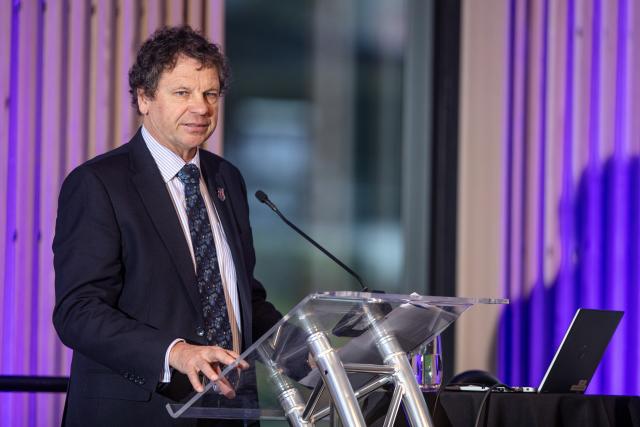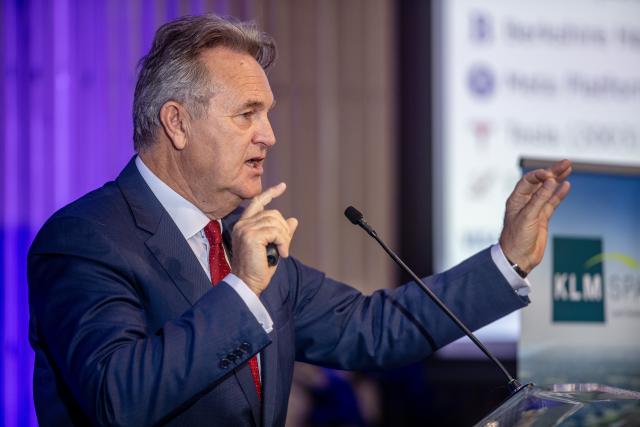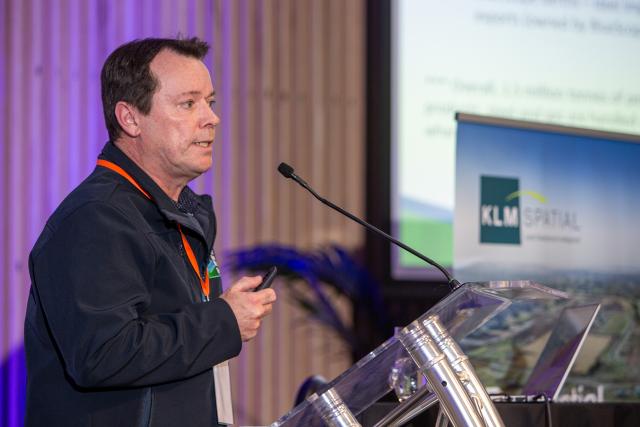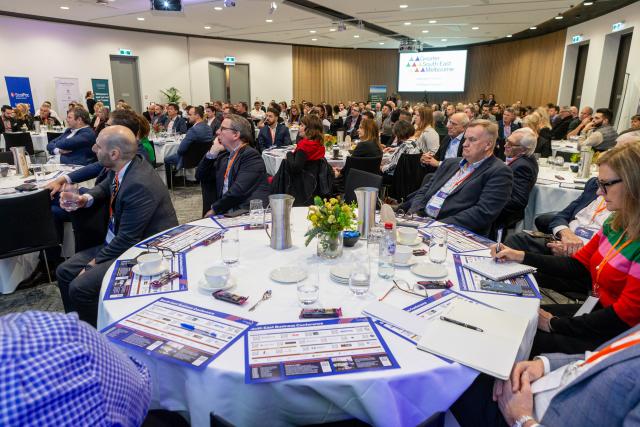
by Cam Lucadou-Wells
A packed audience at Bunjil Place was sold a vision of a growing, thriving region at the launch of the Victoria South-East Chamber Council.
At the council’s inaugural conference on 30 August, Greater South East Melbourne (GSEM) chair Simon McKeon and a luminary cast of speakers cast their eyes on the region’s next 30 years.
The presenters also included world-renowned demographer Bernard Salt, Carmel’s Kitchen founder Carolyn Cresswell and Port of Hastings Corporation’s Todd Trimble.
Mr McKeon, whose GSEM group is a “voice” for eight South East councils, said the 1.5 million-strong region was “nationally significant” – more populous than Adelaide or the combined total of Tasmania, Canberra and Gold Coast.
It was also young – teeming with first-home buyers and a diverse, skilled community from around the world which had expertise to capture and share.
Without the history of Ballarat or Bendigo, the South East would tell its story as it continues to grow, Mr McKeon said.
GSEM was pushing for “transformational” projects such as a long-touted South East airport and the extension of Thompsons Road to unlock a 500-hectare industrial precinct and 100,000 jobs.
A plan was needed for more local jobs and focused skills-training. Two of three Casey-Cardinia workers were travelling outside the South East to their workplace, with many in a job below their qualifications, Mr McKeon said.
In particular, youths and females in the South East were unemployed at significantly higher rates than other parts of Melbourne.
He pointed to some of the region’s achievements. Monash soon being home to the first RNA vaccine production facility in the southern hemisphere as well as hosting the only Western university created in the past 50 years to rise into the world’s top 50.
The Morrison Government failing to offer a ‘City Deal’ with GSEM was however a recent “letdown”.
Born and bred in Dandenong, the 2011 Australian of the Year underlined the strength of a collaborative “regionalism” rather than councils being a “voice in the wilderness”. GSEM was learning from the transformation of the Geelong and Gold Coast regions.
Demographer Bernard Salt pointed to Australia’s comparative wealth, with much of its riches invested in housing.
He pointed to the South East as a drawcard for the ‘Great Australian Dream’, with Warragal-Drouin the fastest growing region in Australia.
Melbourne was projected to expand to 8 million by 2053, the South East would swell to 3.2 million, he said.
On the back of this were future growth opportunities in construction, home development and innovation.
With Australia’s largest manufacturing hub in Dandenong South, it could be a logical home for a domestically-owned agribusiness as well as a logistics warehousing giant.
The working from home revolution would be like a “defibrillator” to the region, predicting 15 per cent of workers would still be WFH. It would mean less long commutes and a boost for the region’s business and services.
















